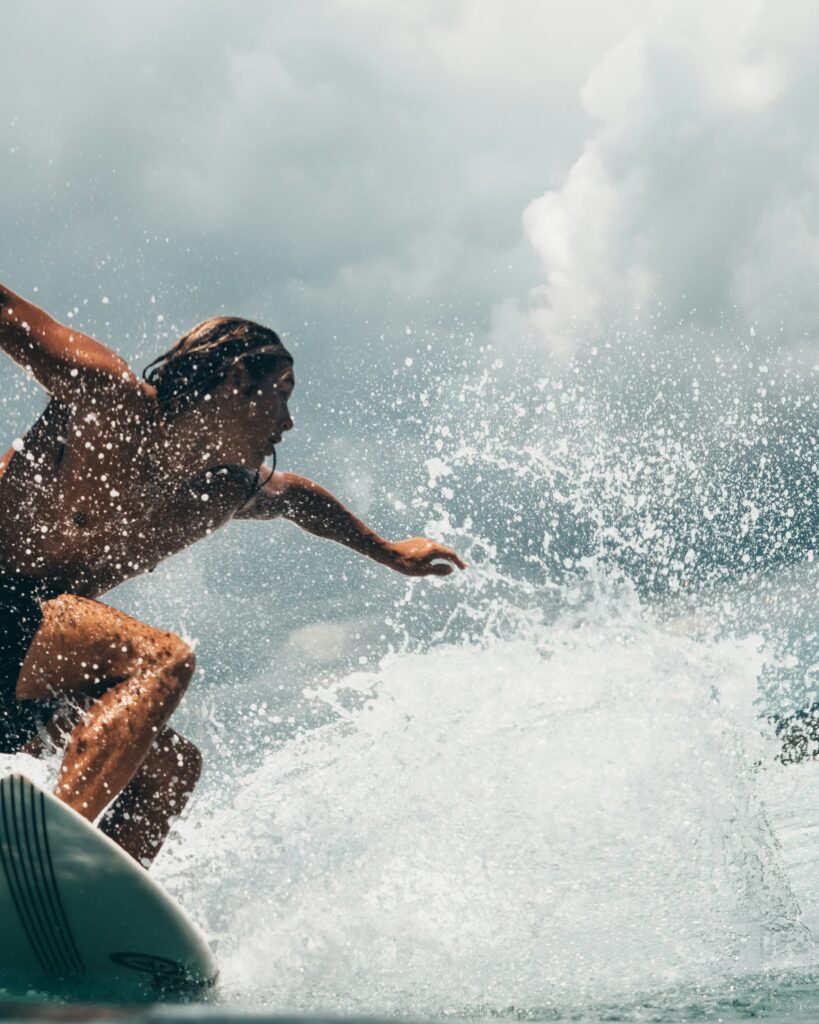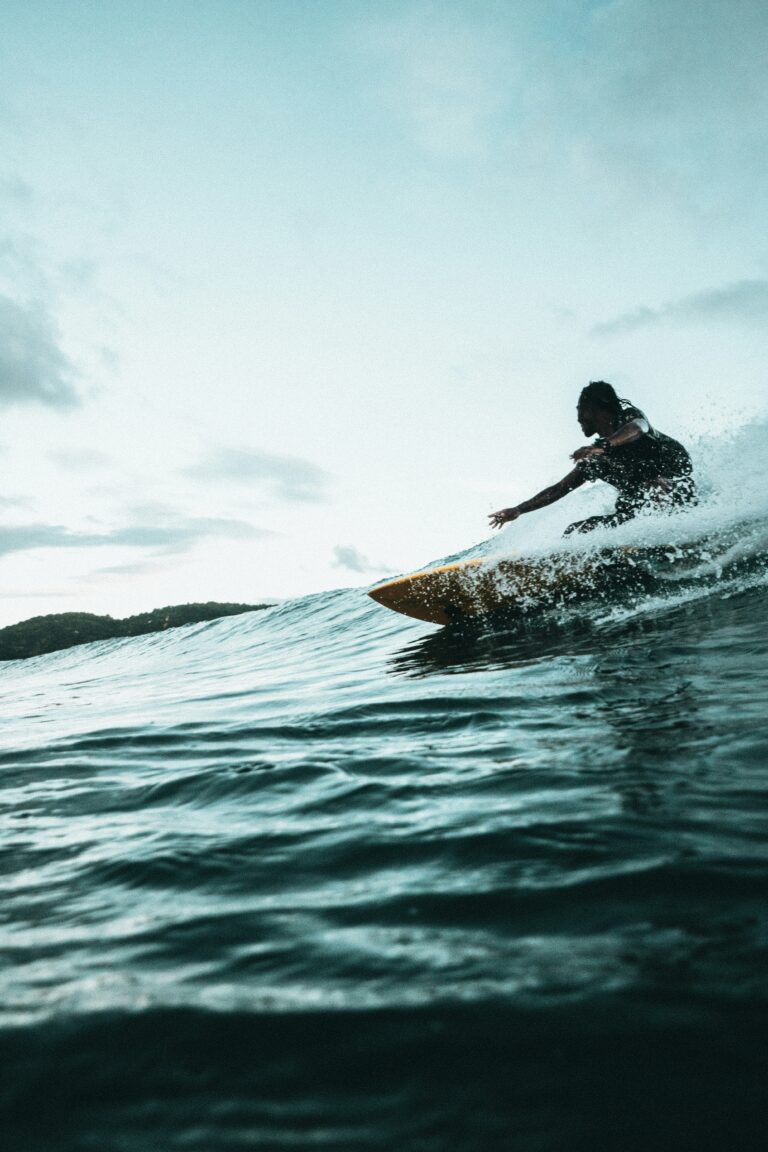Surfing, often regarded as a pastime or sport, holds far deeper significance in Indigenous communities around the world. Beyond the waves and boards lies a profound connection to cultural identity and heritage. In this article, we delve into the role of surfing as a means of cultural preservation among Indigenous peoples. By exploring the historical context, challenges, opportunities, and case studies, we aim to shed light on the invaluable relationship between surfing and Indigenous cultural identity.
Origins of surfing in Indigenous communities
Surfing has deep roots in various Indigenous cultures around the world, with evidence suggesting that it originated thousands of years ago. In places like Hawaii, Polynesia, and other Pacific islands, surfing was not just a recreational activity but also held significant cultural and spiritual significance.
Indigenous communities, particularly those living along coastal regions, developed surfing as a means of transportation, fishing, and even as a form of spiritual expression. Surfing was intertwined with daily life, and skills were passed down through generations, often accompanied by rituals and ceremonies.
The exact origins of surfing are difficult to pinpoint due to its ancient roots and the lack of written records. However, archaeological findings and oral traditions provide insights into its early practices and development within Indigenous communities.
Traditional practices and rituals associated with surfing
Surfing was not merely a physical activity but also a spiritual practice for many Indigenous cultures. Rituals and ceremonies were often performed before entering the water, seeking protection and blessings from deities or spirits associated with the sea.
In some communities, surfing was reserved for specific individuals, such as chiefs or members of warrior classes, who underwent rigorous training and initiation rituals. These rituals served to instill discipline, respect for nature, and a deep connection to the ocean.
Traditional surfboards were crafted using locally available materials like wood, reeds, or even animal hides, reflecting the resourcefulness and ingenuity of Indigenous peoples. The design and decoration of these boards often carried symbolic meanings tied to cultural beliefs and values.
Impact of colonization and cultural assimilation on Indigenous surfing traditions
The arrival of European colonizers in regions where surfing was practiced brought significant changes to Indigenous surfing traditions. Colonizers often viewed Indigenous customs, including surfing, as primitive or pagan and sought to suppress or eradicate them.
Indigenous peoples faced forced assimilation into European cultures, leading to the loss of traditional practices and knowledge, including those related to surfing. Missionaries discouraged or banned Indigenous ceremonies and rituals, disrupting the spiritual aspects of surfing.
Additionally, the introduction of Western technologies and lifestyles transformed surfing from a traditional practice into a leisure activity predominantly associated with Western culture. Indigenous communities struggled to maintain their surfing heritage amidst ongoing pressures of colonization and cultural assimilation.
Revival of interest in traditional surfing practices
In recent years, there has been a noticeable resurgence of interest in traditional surfing practices among Indigenous communities worldwide. This revival reflects a broader movement towards reclaiming cultural heritage and reconnecting with ancestral traditions.
Many Indigenous surfers and community members have actively sought to rediscover and preserve the traditional techniques, rituals, and spiritual aspects of surfing. This revival is driven by a desire to honor ancestors, strengthen cultural identity, and foster a sense of pride in Indigenous heritage.
The revival of traditional surfing practices has also sparked interest among non-Indigenous individuals who seek to learn from Indigenous communities and incorporate elements of Indigenous wisdom into their own surfing experiences. This cross-cultural exchange has the potential to deepen mutual respect and understanding between different cultural groups.

Community-led initiatives to reclaim Indigenous surfing culture
Across various Indigenous communities, grassroots initiatives have emerged to reclaim and revitalize Indigenous surfing culture. These initiatives are often led by community members, elders, and cultural leaders who are committed to preserving and passing down traditional knowledge and practices.
Community-led surf clubs, organizations, and events provide spaces for Indigenous surfers to come together, share stories, and celebrate their cultural heritage. These initiatives not only promote physical activity and healthy lifestyles but also serve as platforms for cultural exchange and solidarity.
Through initiatives such as surf competitions, festivals, workshops, and educational programs, Indigenous communities are reclaiming ownership of their surfing heritage and challenging stereotypes and misconceptions about Indigenous peoples and their relationship to the ocean.
Stories of Indigenous surfers and their connection to their cultural heritage
The stories of Indigenous surfers serve as powerful reminders of the deep connection between surfing and cultural identity. Many Indigenous surfers speak of their experiences in the water as moments of spiritual connection, where they feel a profound sense of belonging and reverence for their ancestors.
Indigenous surfers often draw inspiration from their cultural heritage, incorporating traditional symbols, motifs, and practices into their surfing endeavors. For these individuals, surfing is more than just a sport; it is a way of honoring their ancestors and preserving their cultural legacy for future generations.
Through their achievements in the world of professional surfing, Indigenous athletes are not only breaking barriers and challenging stereotypes but also bringing greater visibility to Indigenous cultures and issues. Their success serves as a source of pride and inspiration for Indigenous communities around the world.
Environmental threats to traditional surfing locations
Traditional surfing locations, often cherished by Indigenous communities for their cultural significance, are increasingly threatened by environmental degradation. Factors such as climate change, pollution, coastal development, and overfishing pose significant risks to the health of marine ecosystems and the quality of surf breaks.
Rising sea levels and changing weather patterns contribute to coastal erosion, altering the dynamics of surf spots and threatening their accessibility and viability for surfing. Pollution from plastic debris, industrial runoff, and sewage discharge further degrades water quality, posing health risks to surfers and marine life alike.
Addressing environmental threats to traditional surfing locations requires collaborative efforts between Indigenous communities, government agencies, environmental organizations, and other stakeholders. Implementing sustainable management practices, enforcing regulations, and promoting environmental education and awareness are crucial steps towards protecting these valuable natural resources.
Economic disparities affecting Indigenous access to surfing resources
Economic disparities disproportionately impact Indigenous communities’ access to surfing resources, including equipment, training facilities, and coastal infrastructure. Limited financial resources and lack of access to education and employment opportunities contribute to barriers to participation in surfing.
Surfing, often associated with leisure and recreation, can be prohibitively expensive for Indigenous individuals and communities facing economic challenges. The cost of surfboards, wetsuits, and transportation to surf breaks, coupled with other financial priorities, can hinder participation and limit the potential for cultural engagement and empowerment through surfing.
Addressing economic disparities in surfing requires innovative approaches to increase access and affordability for Indigenous communities. Initiatives such as subsidized surfing programs, equipment libraries, skill-building workshops, and economic development projects can help level the playing field and create more inclusive surfing environments.
Potential for collaboration and empowerment through surfing programs
Surfing programs have the potential to serve as catalysts for collaboration and empowerment within Indigenous communities. By providing opportunities for cultural expression, skill development, and community engagement, surfing programs can foster a sense of pride, belonging, and resilience among participants.
Collaborative partnerships between Indigenous communities, non-profit organizations, educational institutions, and government agencies can leverage surfing as a tool for social and economic empowerment. Through mentorship programs, leadership training, and capacity-building initiatives, surfing programs can promote positive youth development and community resilience.
By highlighting Indigenous knowledge, values, and perspectives, surfing programs contribute to cultural preservation and revitalization efforts. Through storytelling, art, and ceremony, participants celebrate their cultural heritage and strengthen intergenerational connections, fostering a sense of continuity and identity within Indigenous communities.
VIDEO CREDITS EURO NEWS
FAQs
Q. What is the significance of surfing in indigenous communities?
A. Surfing holds deep cultural significance in many indigenous communities around the world. It is not merely a sport but a way of life that is intertwined with their cultural identity, traditions, and connection to the ocean.
Q. How does surfing contribute to cultural identity?
A. Surfing serves as a means for indigenous communities to connect with their ancestral roots, as it has been practiced for generations within these communities. It helps preserve their cultural heritage and fosters a sense of pride and belonging.
Q. Are there specific rituals or ceremonies associated with surfing in indigenous communities?
A. Yes, many indigenous communities have rituals or ceremonies associated with surfing, which often involve offerings to the ocean or ceremonies to honor ancestral spirits. These rituals vary greatly depending on the specific cultural practices of each community.
Q. How does surfing impact the social dynamics within indigenous communities?
A. Surfing can play a significant role in strengthening social bonds within indigenous communities. It provides a platform for communal activities, shared experiences, and intergenerational knowledge transfer, fostering a sense of unity and cohesion.
Q. In what ways do indigenous surfers navigate the challenges of preserving their cultural identity in modern surfing culture?
A. Indigenous surfers often face challenges such as cultural appropriation, marginalization, and commercialization of their traditions within the modern surfing industry. To navigate these challenges, they may prioritize community-driven initiatives, advocate for cultural respect and recognition, and actively engage in cultural exchange programs.
Conclusion
Surfing serves as more than just a recreational activity for Indigenous communities; it embodies a rich tapestry of tradition, identity, and resilience. Despite the challenges posed by colonization and modernization, Indigenous peoples are reclaiming their surfing heritage, revitalizing ancient practices, and forging a path towards cultural preservation. As we ride the waves of progress, let us not forget to honor and support the Indigenous voices shaping the future of surfing, ensuring that these traditions endure for generations to come.
UP NEXT



